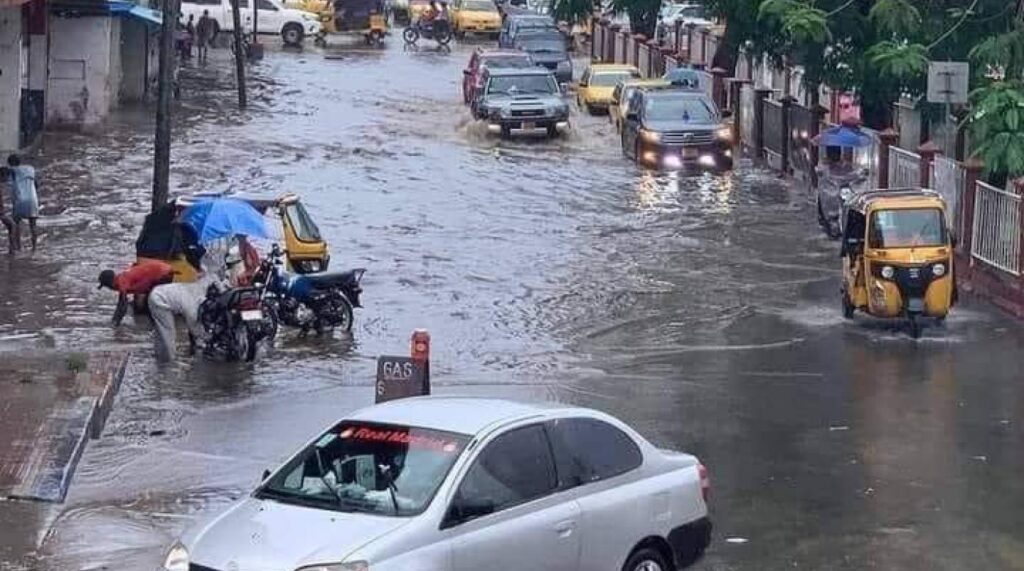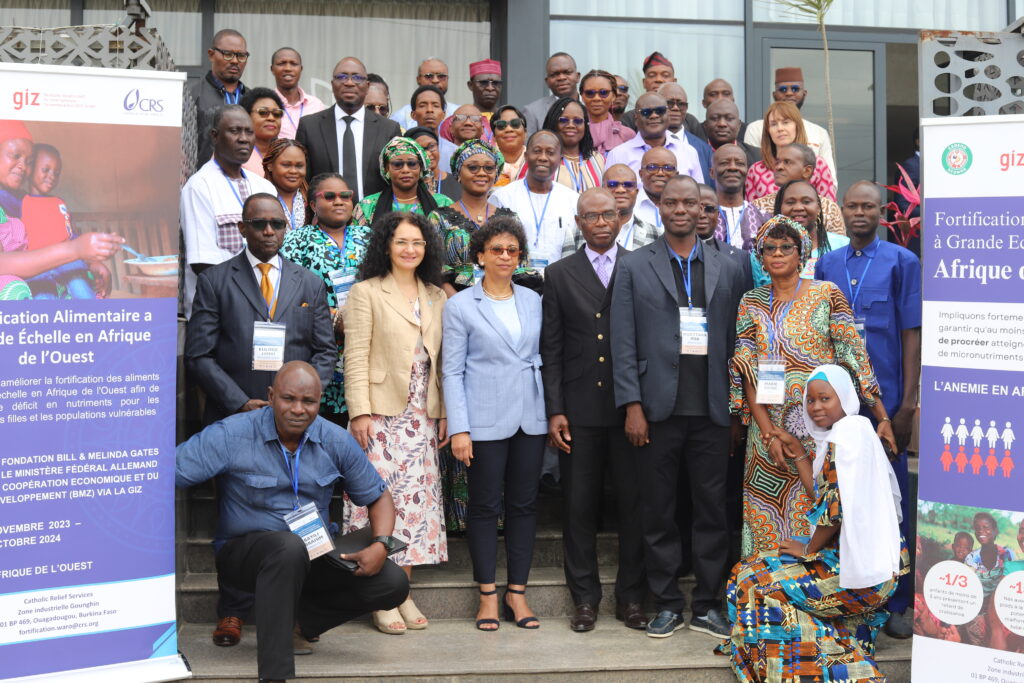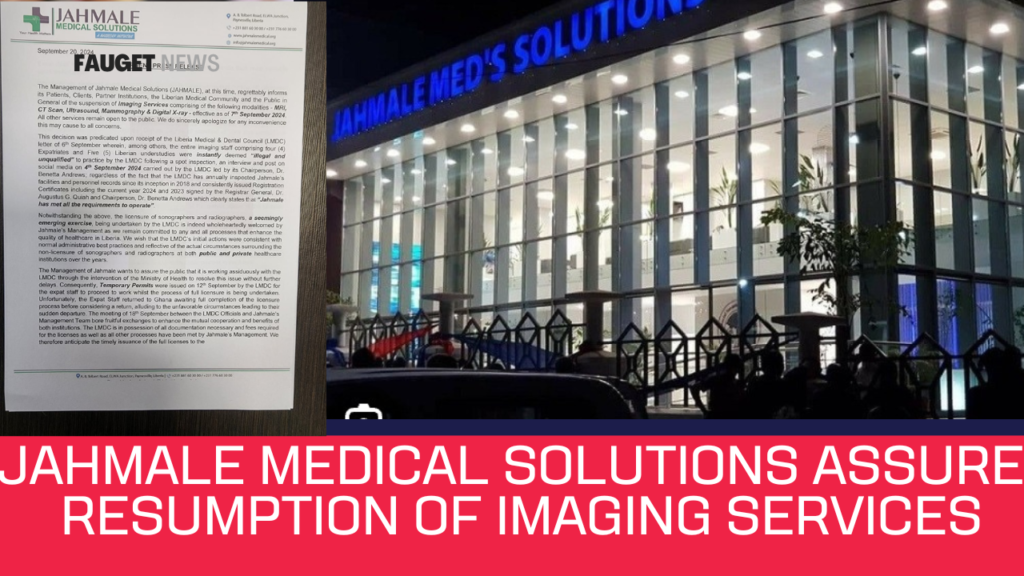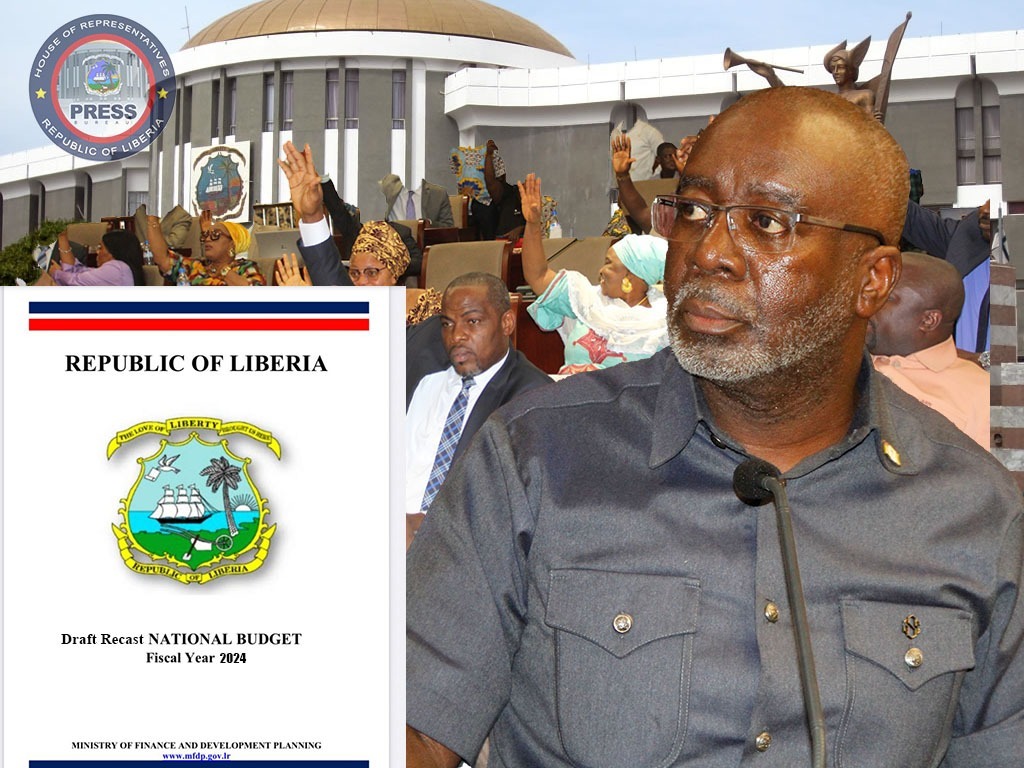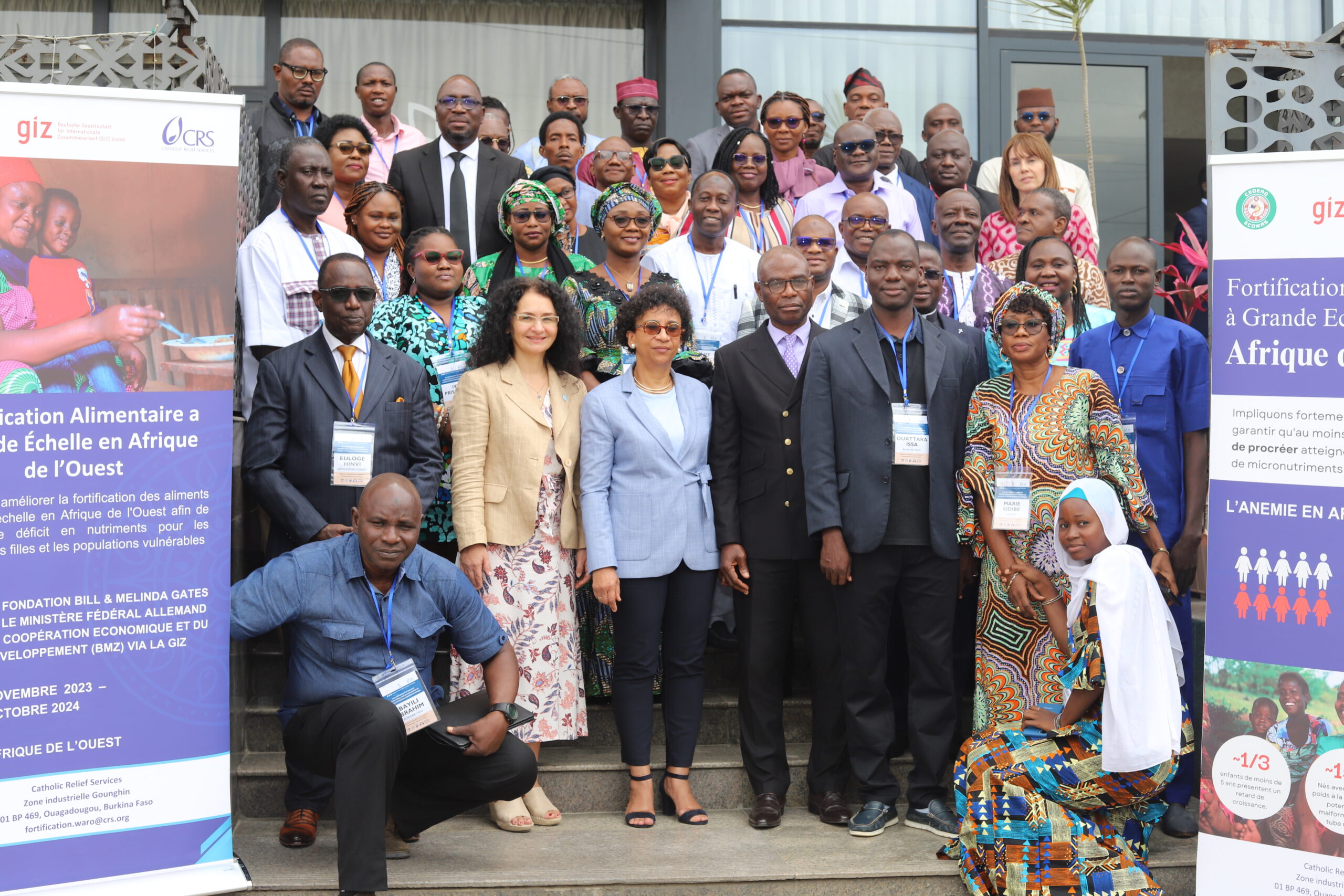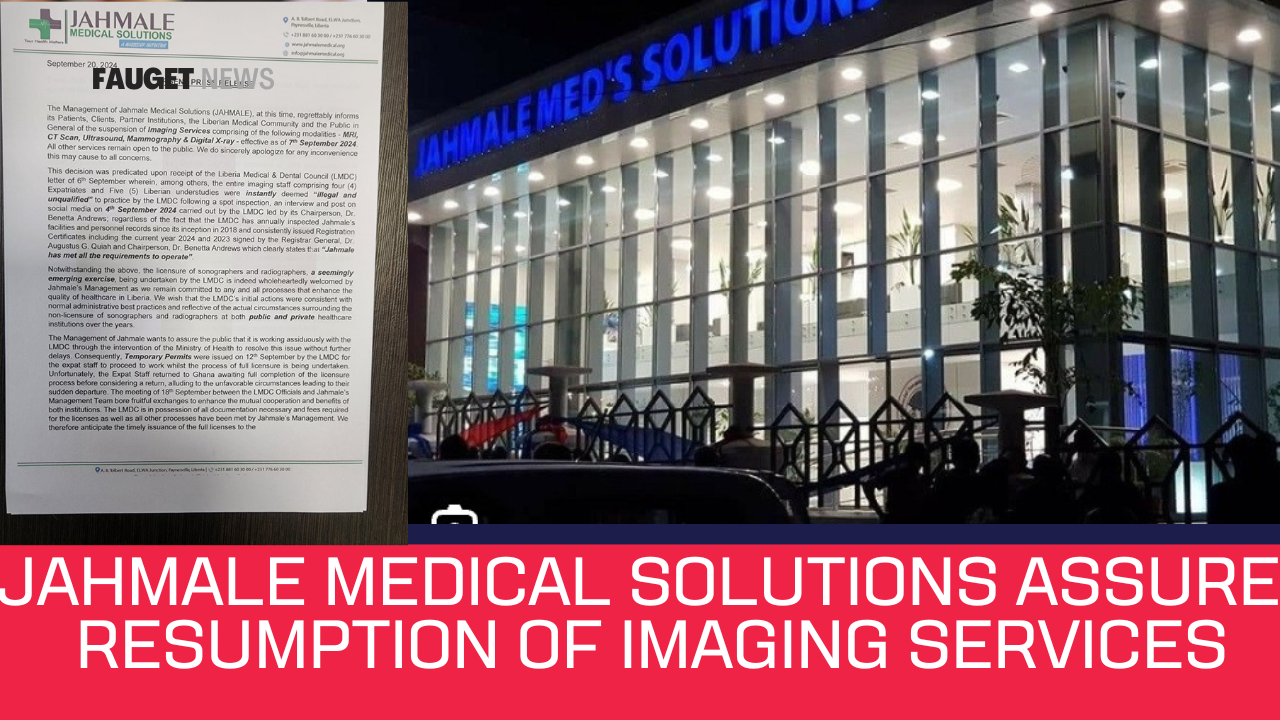—As EPA, NDMA, City Corporation, and Others remain Quiet
IPNEWS: Last month devastation caused by a tropical storm ripped through Malawi, killing 225 people and causing a “national tragedy”.
Malawi president Lazarus Chakwera promised to intensify search and rescue operations, as he attended the funeral of some victims.
Tropical Storm Freddy led to people being swept away by raging waters, or being buried under landslides. The government has set up 30 emergency camps for at least 20,000 people who have had to leave their homes.
For the month of April, Liberia is predicted to have unprecedented rainfall with full flooding potential.
A forecast for Liberia for the month of April puts Liberia with a condition of 27’ F at a low humidity of 0% as of April 13, while 26’F with 6% humidity by April 16, sparking potential rainfall that has not occurred within the last 10 years according to researchers.
In Liberia, flooding is one of the most prevalent and devastating disasters. It happens every year in many parts of Liberia. And it has significant social and economic impacts. It threatens sustainability because it negatively affects the economy, health, social life, and environment.
The extent and nature of Liberia’s flooding are such that the actual figures for displacements, losses, and fatalities cannot be truly ascertained due to poor record and reporting, however, according to the United Nations Office for Partnership (UNOP), around 2.2 million people are exposed to floods, 320,000 to coastal erosion and 2.1 million to windstorms in Liberia.
Now, Liberia on Africa’s west coast is in desperate need of help as it suffers from the effects of climate change.
The country, which has been devastated by years of civil war, is now facing a second major threat – the ocean.
The United Nations Development Programme say the changing climate means the sea level is rising and the rainy season is getting longer. This has led to a rapidly eroding coastline and more instances of flooding.
People living in one of the capital Monrovia’s seaside shanty towns, New Kru Town, say the effects of this are clear – homes have been swept away and lives have been lost.
Causes of Flooding in Liberia
According to a 2021 study from the UN University, the academic and research arm of the UN, human activity is the common link between natural disasters around the world. Unlike some natural disasters, rainfall flooding can be controlled with proper planning and the provision of necessary infrastructure. Liberia’s flooding is mainly human-induced with poor urban planning practices and inadequate environmental infrastructure as contributing factors.
Poor or non-existent drainage systems are a major cause of flooding in Liberia. Many residential areas have no drainage system and rely on natural drainage channels. Increasing urbanization also means more areas are built with concrete and cannot absorb water, increasing runoff. The country’s poor waste management is another recognized factor. Citizens’ poor attitude toward waste disposal and non-provision of waste disposal services by city authorities contribute to flooding. It is not uncommon to have drains blocked by huge piles of trash in Monrovia and its environs.
Due to high unemployment in rural Liberia, the country is experiencing unregulated urban expansion. The country is experiencing high urbanization rates without commensurate provision of urban infrastructure and amenities. Swamplands are increasingly being converted to residential areas to accommodate housing needs. It seems that Liberia has no planning law. One consequence of this is that there have been construction projects on natural floodplains and stormwater paths. This has exacerbated flooding.
Flooding threats
The United Nations classified Liberia’s coastal flood hazard as a medium. This means that there is more than a 20% chance of potentially damaging coastal flood waves occurring in the next 10 years. Based on this information, the impact of coastal floods should be considered in different phases for any activities located near the coast.
Experts have advised that Project planning decisions, project design, and construction methods should consider the level of coastal flood hazard.
Recently, residents of New Kru Town and West Point tell IPNEWS that there used to be dozens of homes far off from its current outlook, but over the years people have been displaced as the ocean has moved inland.
Now all that exists between their homes and the sea is a thin strip of sand; a beach was strewn with litter and lined with the fishing canoes that sustain this community.
Most terrifyingly of all, the sea now enters homes regularly, especially during the months of April, May June -September each year.
Sea defences & Flooding System
The Liberian government in 2022 stated it would begin the erection of a series of sea walls in the Atlantic Ocean to protect communities like New Kru Town and other coastal areas from rising sea levels.
But that will be costly, and the government has very little money. The economy has barely begun to recover from the civil war.
A study commissioned by the government suggests it could cost up to $175m (£106m) to build sea defences at Liberia’s five major cities.
The majority of Liberia’s population lives in coastal cities and what is left of its infrastructure is also near the ocean.
“Some areas are so low compared to sea level that a rising tide will see some inundation of low-lying areas,” says David Wiles, assistant professor of geography at the University of Liberia.
He predicts 95 square kilometres of land would be claimed by the sea, including large swathes of Monrovia, if the sea level rises by one metre.
‘Urgent need’
The exact rate of coastal erosion is unclear because historical records were destroyed during the civil war. But the government estimates that in one coastal city, Buchanan, the sea has moved 250 metres in almost 40 years.
People living in Buchanan tell a different story. They talk in much bigger terms.
Joseph Sekum, a lawyer, has lived in Buchanan for all of his 85 years.
He shows me where his house used to be and says it was washed away six months after the sea first lapped against his wall.
The government is asking for money to help protect Monrovia and Buchanan.
It has submitted a request to a fund set up by the United Nations after the Kyoto Protocol was agreed by the majority of the world’s countries a decade ago.
The idea is that industrialized countries pay money into the Least Developed Countries Fund. That cash is then given to those countries which have an “urgent and immediate” need to adapt to the changing climate.
Liberia has asked the fund for $3.3m to run pilot projects in these two areas.
Under the auspices of the UN Development Programme, a breakwater would be built at Monrovia and “natural” programmes, such as mangrove planting, would reduce sand erosion, yet the government is clear that the fund is not enough to save the homes along the coast.
Carlton Miller, the government minister, describes the amount of money rich countries spend helping poor countries adapt to climate change as “a drop in the bucket.”
“If aid is not forthcoming, it’s going to be a national disaster.”
In recent years, climate change-related coastal flooding has become a national concern in Liberia. In an effort to address the direct impacts of coastal flooding in vulnerable coastal communities in Liberia, the Flood Early Warning System (FWS) was one of the technologies retained by stakeholders during the Technology Needs Assessment process for climate change adaptation. The FWS was retained to be used in highly affected and flood-vulnerable coastal communities to address the problem of destruction of homes, properties and livelihood activities, and disruption of coastal habitats, ecosystems and other natural environments.
The Flood Early Warning System (FWS) is a means of detecting threatening events in advance to help protect lives and properties. In general, it aims at reducing the degree of casualty that could be caused by coastal flooding by alerting the public in advance to take appropriate actions (Response). Such a service is highly important and needed in developing countries such as Liberia where coastal flooding is increasingly becoming a national concern. This technology functions in a way that; once an event exceeds a given threshold, a warning will be issued.
The FWS message is likely to be disseminated to the ‘at risk population. To achieve a successful FWS, constant monitoring of meteorological and tidal conditions is required in conjunction with river and coastal flood forecasting models. Some benefits of an FWS are: A FWS promotes decision making; for example, a frequent high-risk flood occurrence environment could be used or reserved for a purpose other than residential; The data collected (tidal, meteorological, wave, river, wind etc.) for the FWS service could also be used for mitigation and sustainable environmental planning; It promotes human capacity building as an FWS requires technical training of monitoring and forecasting; FWS creates job opportunities.
Unfortunately, IPNEWS under that the government of Liberia is yet to procure such equipment since 2018.
However, sources within the Environmental Protection Agency and the National Disaster Commission tell IPNEWS that the action plan for the FWS Technology is expected to be implemented for a period of ten years (2021- 2031). After the said duration, it is highly recommended to be reviewed and updated as per the current/ prevailing future situation following a needs assessment and gap analysis. The FWS is to be adopted, transferred and diffused at the national level across all coastal areas with an emphasis on the most vulnerable and at-risk communities.
Experts tell IPNEWS that the adoption and deployment of the FWS across vulnerable and affected coastal communities will have a positive impact on the lives of children, women, and those with disabilities, who are in most cases the most vulnerable to flooding events. Socio-economic activities and properties will also be protected in advance of the occurrence of floods. With the above-mentioned positive impacts, residents of these coastal areas will be highly encouraged and secured to carry out and improve their social, economic and other livelihood activities as the community’s resilience will be built.
What Needs to Be Done:
Reducing and addressing exposure to flooding risk is now a national priority in the Liberian government’s disaster risk agenda. However, nothing concrete has been achieved. Also, the NDMA, an agency responsible for all disaster management in Liberia is less funded. In the 2022 budget, while the Presidency was given US$20 million and the Legislature US$64.3 million, the NDMA was allocated USD $846,386. This raises questions about the political will to achieve the goals of tackling floods in the country.
Crafting flood risk management policy and integrating spatial planning is the way to go. Sustainable urban planning and green infrastructure could also be combined with information and communication technology tools. Citizens can use these to communicate with the relevant authorities at the onset of flooding. Addressing Liberia’s perennial flooding is important for the country to make progress. The human-induced causes of flooding should be addressed urgently. Not doing this will delay its journey to sustainable development.

